
Researching somatic evolution at the University of Cambridge and Wellcome Sanger Institute. Also a scientific illustrator.
How to get URL link on X (Twitter) App

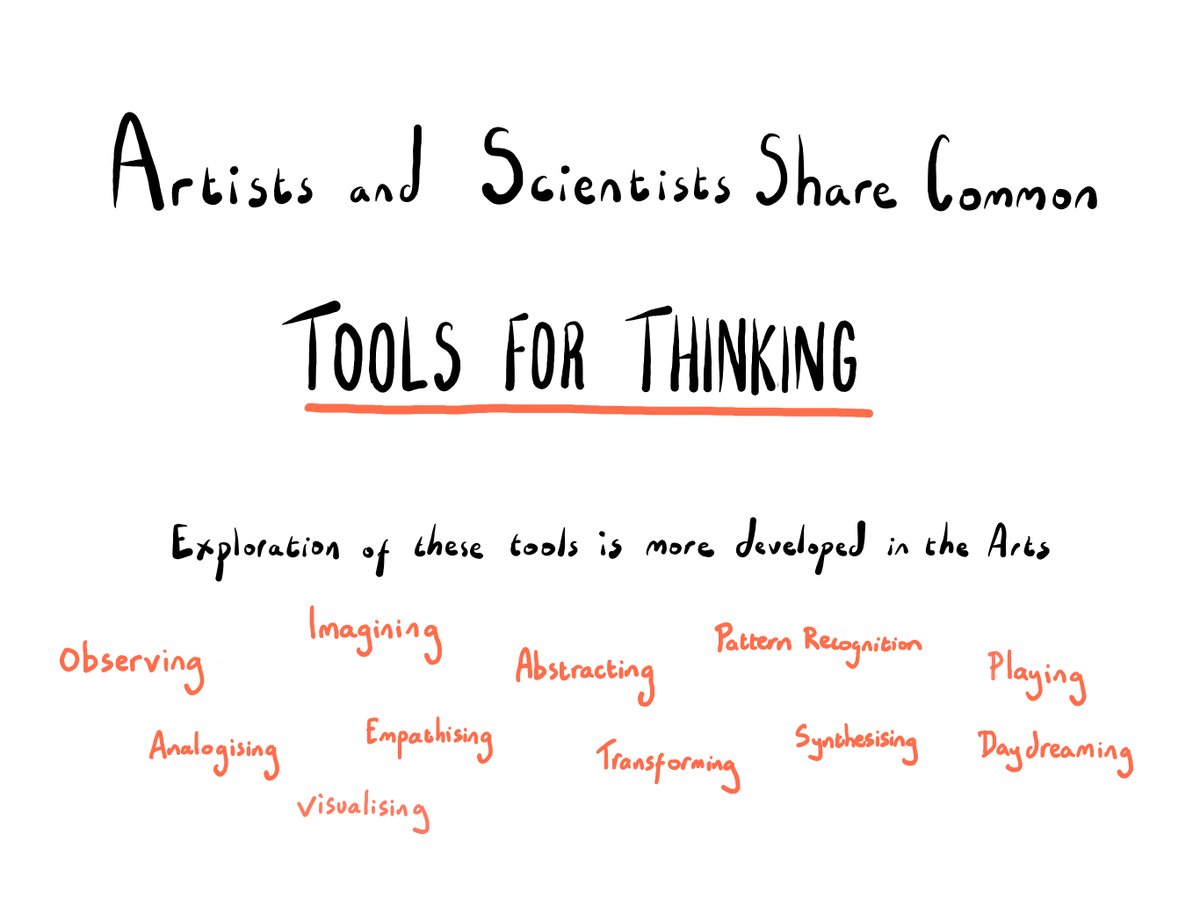
https://x.com/ATJCagan/status/1823302462721212837
 The sciences could perhaps benefit from more emphasis on tools for creative thinking during training. Here are a few examples of approaches emphasised in artistic training that are just as applicable in science. 1. Observation.
The sciences could perhaps benefit from more emphasis on tools for creative thinking during training. Here are a few examples of approaches emphasised in artistic training that are just as applicable in science. 1. Observation. 
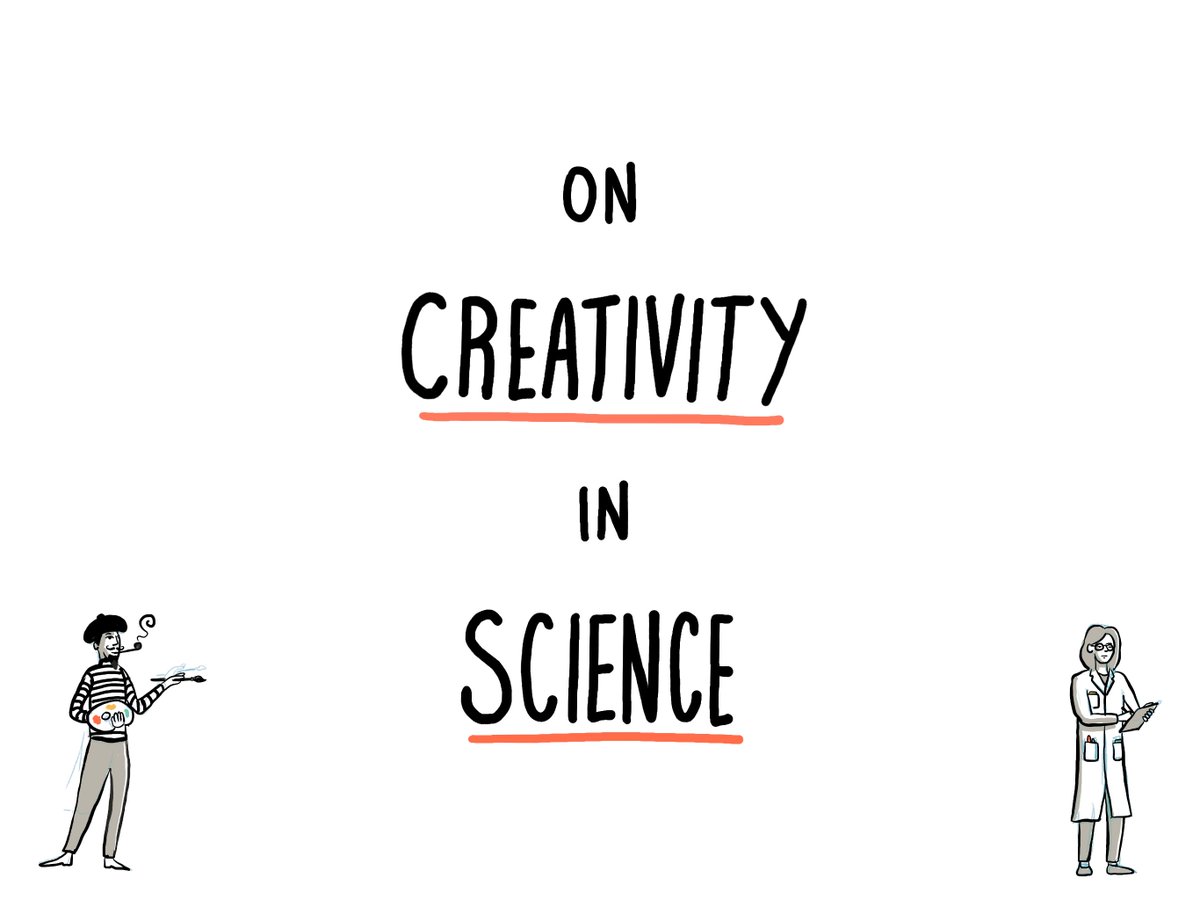
 There is a common (mis)perception that the arts and humanities are creative while the hard sciences are not. This has a profound impact on what careers people choose to pursue. The quotes below may be familiar to many.
There is a common (mis)perception that the arts and humanities are creative while the hard sciences are not. This has a profound impact on what careers people choose to pursue. The quotes below may be familiar to many. 
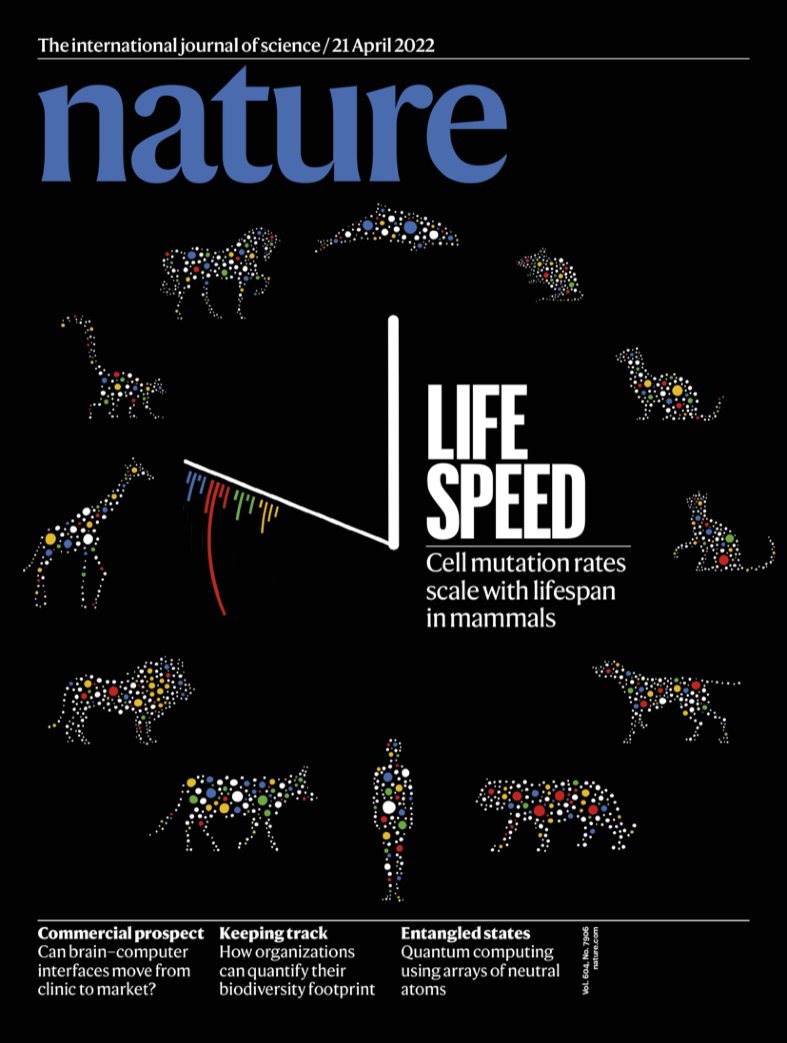
 Early ideas for the cover played around with the core concepts of mutation, animals and time
Early ideas for the cover played around with the core concepts of mutation, animals and time 
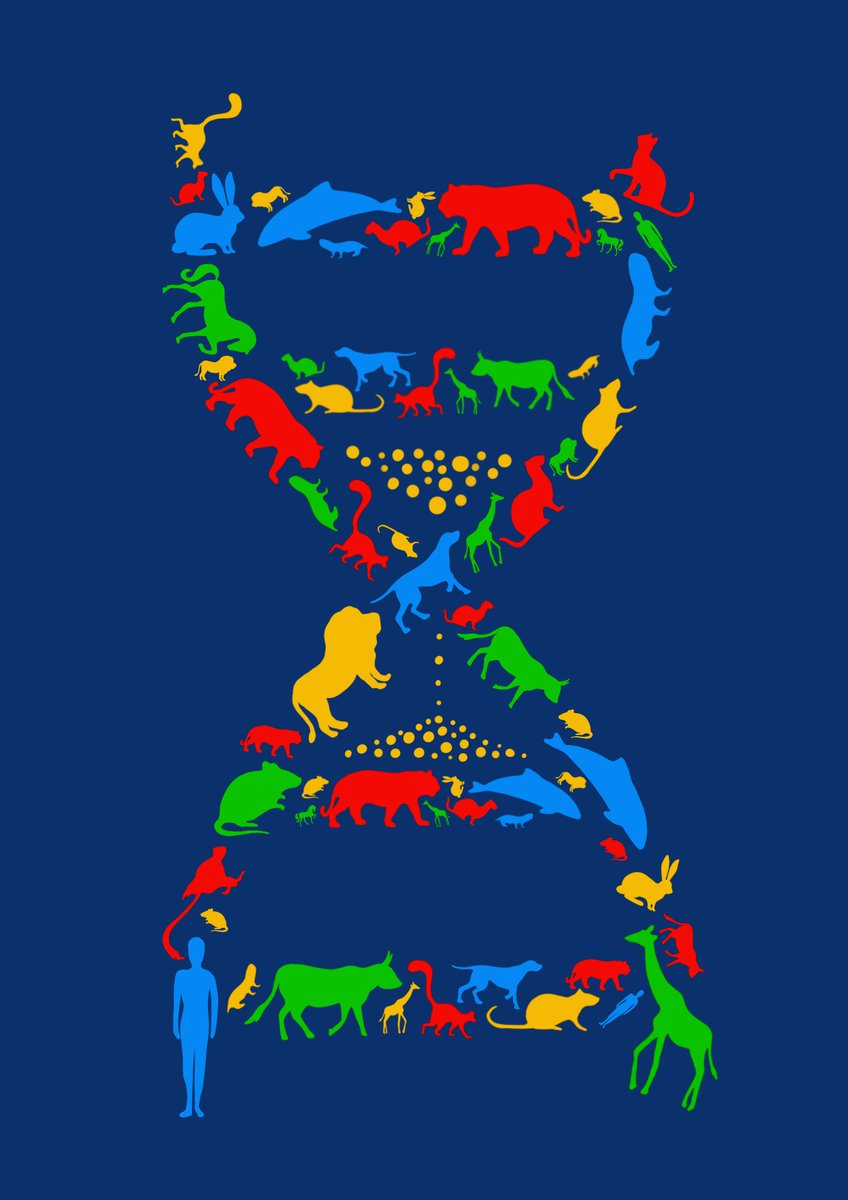
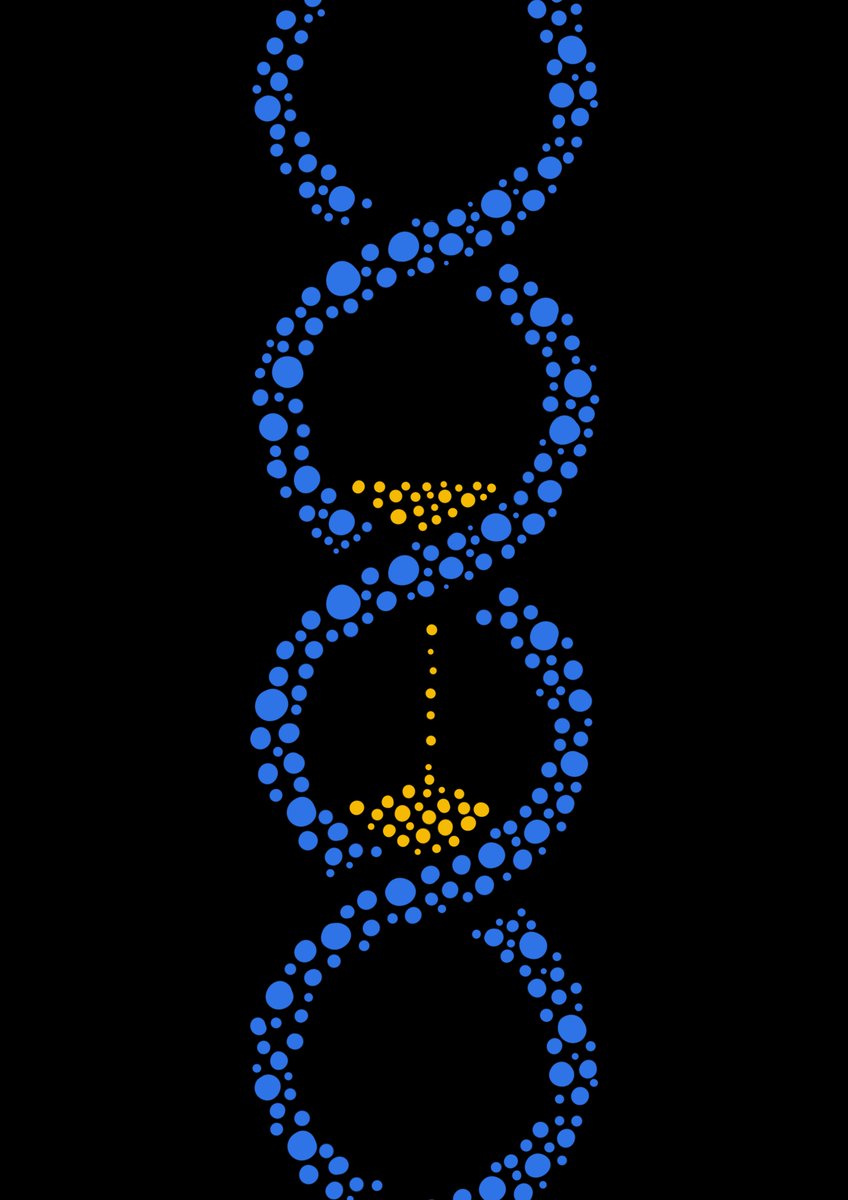
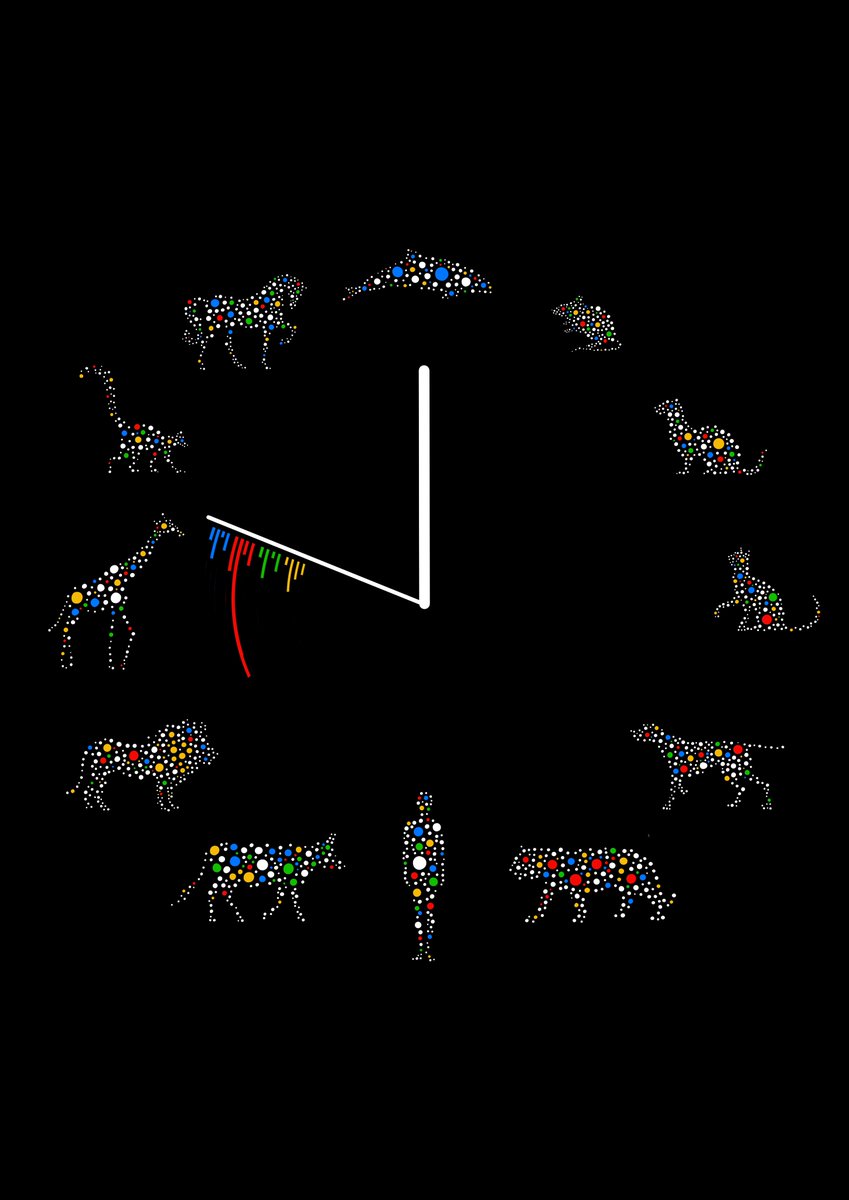
 We integrated histology and genomics to provide an unprecedented description of somatic mutation across mammals. [2/24]
We integrated histology and genomics to provide an unprecedented description of somatic mutation across mammals. [2/24] 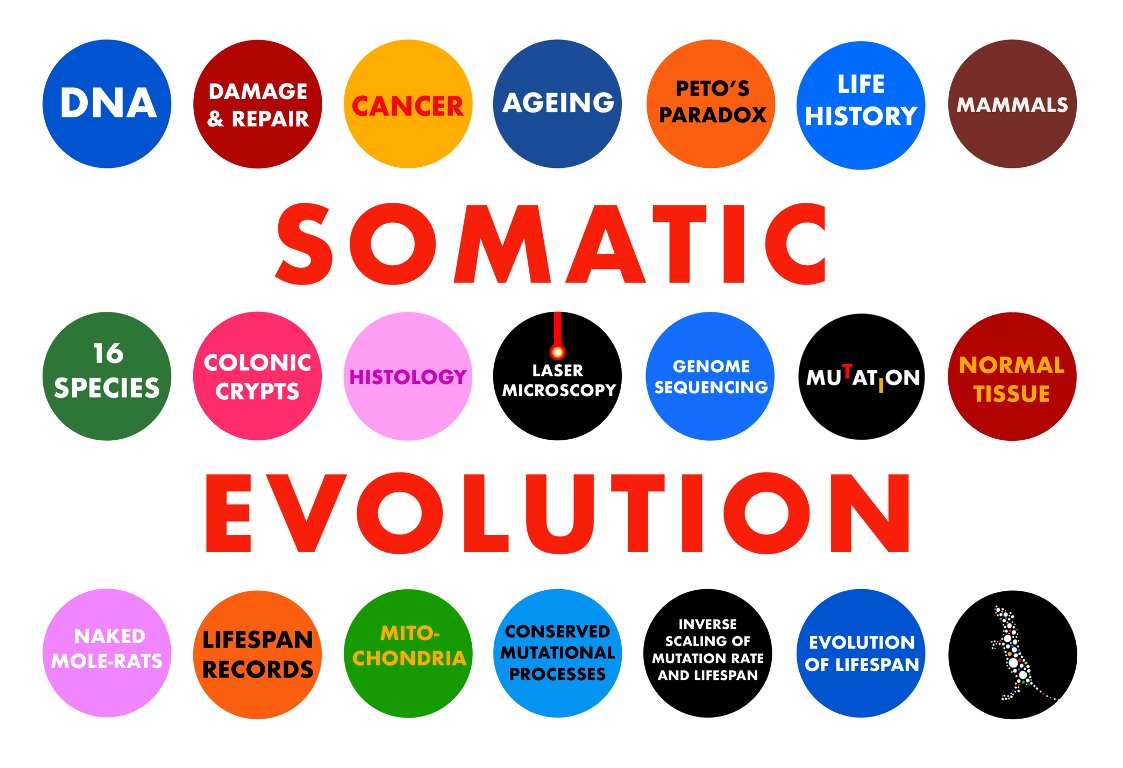

 Our cells accumulate DNA damage as we age. We often only become aware of this damage when it leads to diseases, such as cancer. However, recent research has revealed a dynamic landscape of mutation and selection within even seemingly normal cells. [2/15]
Our cells accumulate DNA damage as we age. We often only become aware of this damage when it leads to diseases, such as cancer. However, recent research has revealed a dynamic landscape of mutation and selection within even seemingly normal cells. [2/15]

 Why did we do this? As we age our cells accumulate DNA damage. Accurately studying somatic mutation in normal tissues has only recently become possible and our knowledge of somatic mutation is currently very limited outside of humans. [2/17]
Why did we do this? As we age our cells accumulate DNA damage. Accurately studying somatic mutation in normal tissues has only recently become possible and our knowledge of somatic mutation is currently very limited outside of humans. [2/17]
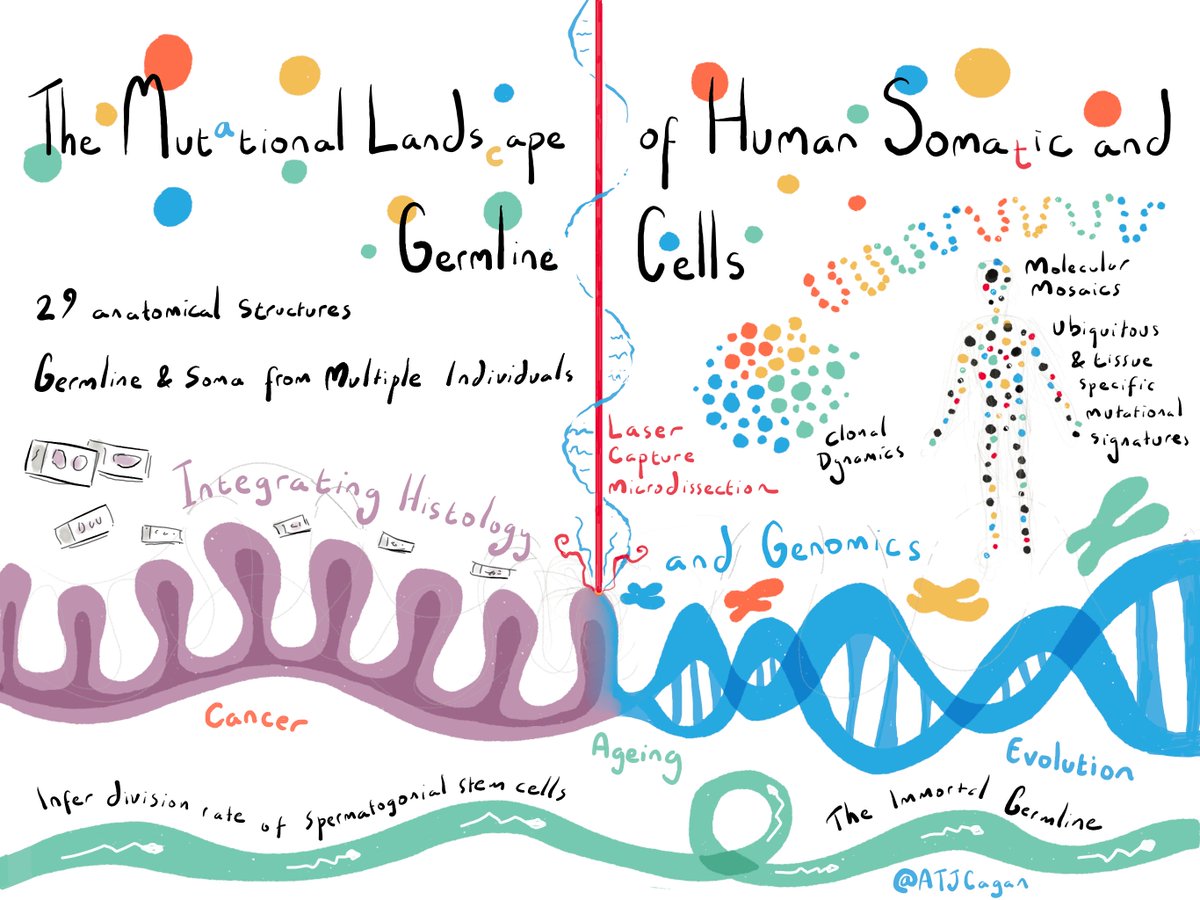
 As we age our cells accumulate DNA damage, we often only become aware of this damage when it leads to diseases such as cancer but recent research has revealed a dynamic landscape of mutation and selection even within seemingly normal cells. [2/15]
As we age our cells accumulate DNA damage, we often only become aware of this damage when it leads to diseases such as cancer but recent research has revealed a dynamic landscape of mutation and selection even within seemingly normal cells. [2/15]